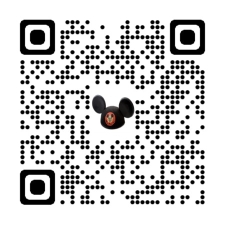
The basic Astro Jet idea wasn't invented by Disney designers rides with similar vehicles that whirled around a central pivot were already working in the east coast amusement parks before Disneyland even opened.The Disneyland spin on the spinners was to upgrade the theme with better detailing Disney artist John Hench drew up a concept of a whirling rocket attraction in 1955. Dubbing it to Saturn Patrol Rocket Ride .The Astro Jets however didn't debut until 1956 making this Disneyland's first major addition after opening day.
For the next four decades some variation of the Astro jets stood in the heart of Tomorrowland about 50 feet west of today's Innoventions building from 1956 to 1964. The attraction was known as Astro Jets, a dozen stubby cylinders with thin wings a headlight on the nose and open cockpits barely big enough for two adults.
Named after bright Milky Way Stars the Jets were white with either red or blue trim and seemed more like contemporary Air Force aircraft then futuristic astro craft. Indeed honorary Air Force personnel were on hand when the attraction opened. The Astro-Jets opened in March 1956 when the park was just eight months old. The ride replaced the Court of Flags, a formation of 48 flag poles flying the flag of every state of the United States.
There were 12 jets with names of: Canopus, Vega, Sirus, Castor, Regulus, Pica, Capella, Arcturus, Rigel, Spica, Procyon, Altair, Antares.The jets made a 50 foot circle and could climb to 36 feet.The jets were made by Klaus Co. Bavaria Each jet was mounted on an arm extending 20 feet from an axial column.
You won’t break the sound barrier, but you will have fun circling around. Control the elevation of your craft with a small lever. The higher you fly, the more fun it is.The center mechanism rises 12 feet.





